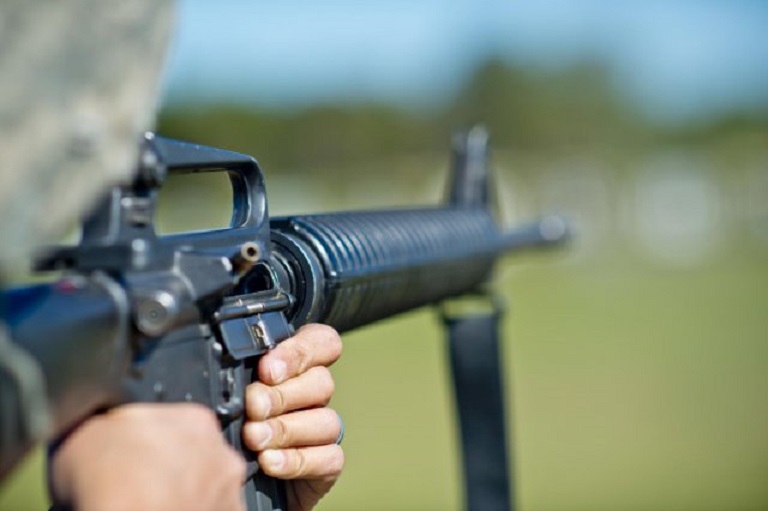This post is also available in:
 עברית (Hebrew)
עברית (Hebrew)
Several cases of mass shooting in public places have occurred in the US in recent years. A small, relatively inexpensive device could make the difference between life and death for some when a shooter opens fire in a school. Jim Skorpik, a chief engineer at Pacific Northwest National Laboratory (PNNL) in Richland came up with the idea for the technology to give schools added security.
PNNL had already developed a small, battery-operated sensor system for the military, and Skorpik thought it could be adapted to notify authorities within seconds of an active shooter situation, whether in a school, workplace or other public building.
He and his team came up with software that would add the capability to the sensor to detect gunshots room-by-room, developing a detector that could be built with parts that cost about $100. The acoustic gunshot detector is small enough to fit in the palm of a hand and light enough to attach to a classroom wall. It has a miniature computer on board sophisticated enough to assess whether a loud sound is a gunshot within two seconds.
The device can tell the difference between a gunshot and other noises such as a popping balloon, slamming locker etc. with a high degree of accuracy. It also can determine what type of firearm was fired, and it relays the information by a wireless link to notify a first responder.
With the system designed to have separate sensors installed in each classroom, hallway and areas like the cafeteria, police would have valuable information about where the shooter was within a school and possibly which direction he was heading, according to tri-cityherald.com.
The location information would be particularly valuable at a larger school, like a high school that might have several buildings on campus, helping officers go directly to the area where a gunshot was detected.
An arriving officer will know whether there might be more than one shooter and if the weapon is a handgun or a long gun like a rifle or automatic weapon that can be shot rapidly, as has been common in recent school shootings.
Years ago officers would wait for a SWAT team to arrive, but now an officer in a nearby patrol car may enter the building immediately.
Skorpik’s goal was to make a device that was affordable, easy to install and accurate. He started out with a sensor that had been developed by PNNL and now is being used in the nation’s Hellfire air-to-surface missiles that have been deployed in Iran and Iraq. The sensors record humidity, vibration and shock to monitor the condition of airborne missiles. What Skorpik found appealing is they have a long battery life, have an onboard processor or miniature computer, and use a wireless link to transmit information. The sensors also have been adapted for the Department of Energy with acoustic capabilities to listen for intrusion into containers holding sensitive nuclear materials.
A mathematical algorithm distinguishes gunshots from other noises. The sensor uses frequencies created indoors in confined spaces, like classrooms, that the human ear cannot hear, Skorpik said. A smartphone app was also developed with basic information, such as the time and date.


























